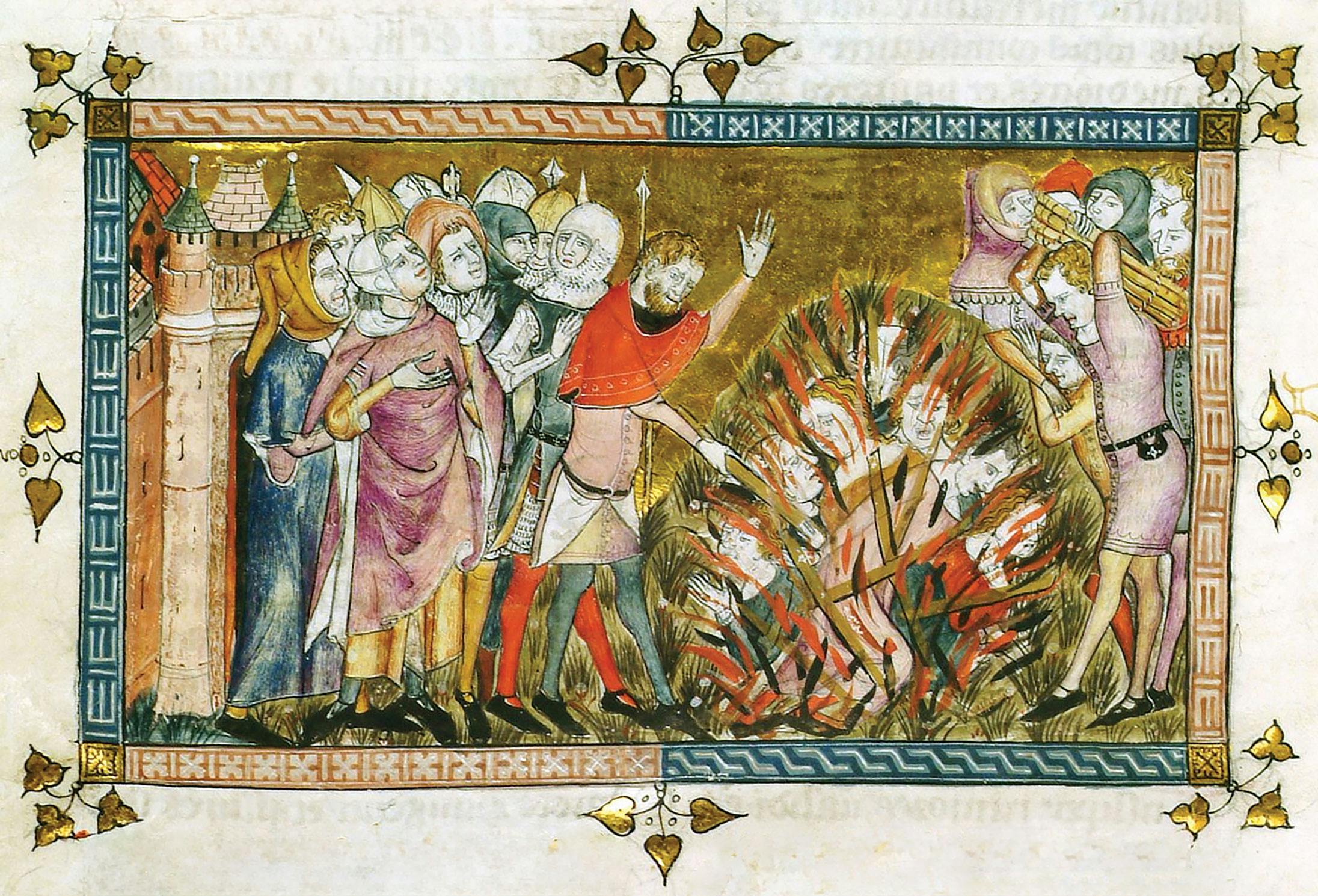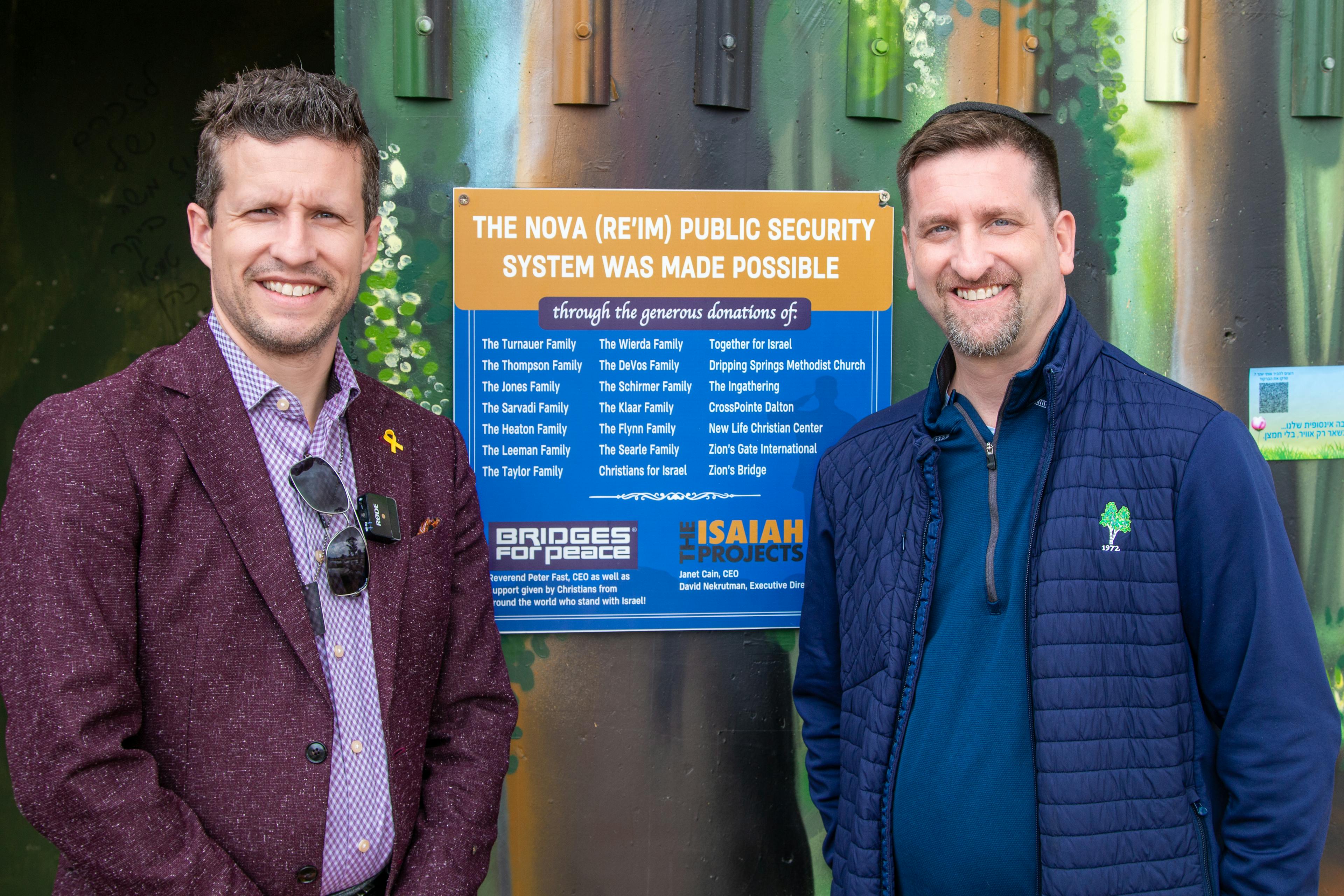Synagogue worship
Many synagogues have balconies where the women sit and view the service from above. This synagogue only had one level with a partial wall and sheer curtain hung between the men and women’s sections. Both sections were packed with every seat taken and people standing in the aisles and doorways. Since every service is exactly the same, except during the feasts or special fast days, I thought the service would be rote with no life in it, but that is not what I experienced.
Jews use a Siddur, or prayer book, for their services. Some of the prayers have been used for over 2,000 years. Others have been added in more recent history. Most, however, are a compilation of the Psalms. All the readings exalt, magnify, and praise the Lord. How could such words have no life?
The prayers and Psalms were read—sometimes silently or out loud in unison—or sung, men and women together. No musical notes were provided, and no musical instruments used. The singing was very different from that done in a traditional church. Jews would say it was more like a chant. Some songs had an almost hauntingly beautiful melody, while others were very joyful with clapping. Sometimes the rabbi pounded the podium to help keep the rhythm, or maybe it was just his zealousness.
Sometimes after singing through a psalm or prayer once, they repeated it by just singing “li, li, li.” The melody moved like the ebb and flow of the ocean. Sometimes, it was loud with lots of zeal and energy; and other times, it was quiet like a love song. I could not understand the Hebrew, but I recognized the Spirit and worshipped. The presence of the Lord was there because they were praising the same God I praised and with a passion I had not felt in most churches.
About three-fourths of the way through the service, the screen was pulled back, and the rabbi faced the women’s section and spoke for about fifteen minutes. Afterwards, the screen was replaced and more worship continued. The service lasted about two hours, many standing the entire time. Torah scrolls (Gen.–Deut.) are not removed from the ark (cabinet which holds the scrolls) until the Saturday morning service, during which the congregants touch the Torah scroll with either their hand, Siddur, or men’s tzitzit (fringes of the prayer shawl) and then kiss their hand, Siddur, or tzitzit as an expression of their honor and love for God’s Word.
Not all synagogues have the same type of service. Just like churches, each synagogue has its own style of worship, largely governed by what sect of Judaism it is. For instance, an ultra-Orthodox rabbi would not face an unveiled women’s section. In a Reform synagogue, men and women sit side by side in pews just like church congregations do. I now own an English/Hebrew Siddur, can follow a service, and have learned how to sing some of the songs in Hebrew. Having come from a Baptist background, I am still not totally comfortable with using a book of prayers for the order of service, but how can I criticize the text? It is God’s Word. There’s no better way to magnify the King of the Universe.
By Charleeda Sprinkle Taken from Living in the City of God, Jerusalem
Related Resources

Discover Your Purpose and God’s Heart For You
In today's divided, turbulent world, it's essential for the Church to rediscover God's heart. Our free e-book, authored by a seasoned expert with three decades of experience in Israel, delves deep into the teachings of Jesus (Yeshua) to reveal God’s principles of love and purpose. Learn how embracing these truths can bring significance and impact to your life, even amidst chaos. Subscribe now to receive your free copy and embark on a journey of transformation.




